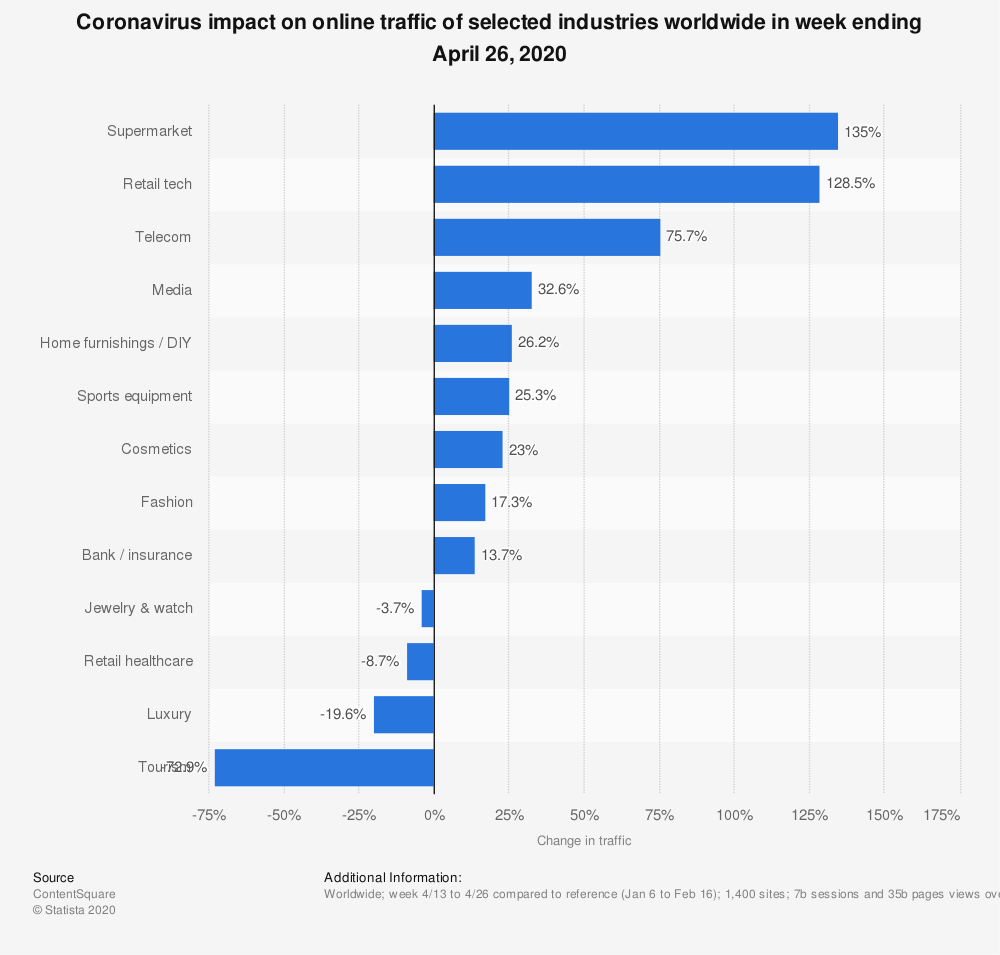July 01, 2020
Pablo Picasso and Georges Braque, in the 20th century, introduced a revolutionary style of art to the world, Cubism. Simply stated, Cubism is an art form that shows an object, in a painting, from all viewpoints, all in one go through blocks of cube. While reading about it, I realized that there is a stark similarity between how CIOs must view their entire IT ecosystem and the concept of Cubism. They need to look at it from several different point of views, all in one go. Especially in their journey towards becoming a digitally transformed organization.
Cubism has already been applied to fields beyond arts. William Faulkner in his 1930 novel “As I Lay Dying” brings out the diverse experiences of 15 characters as a single cohesive body.
The current COVID-19 pandemic, has had an unprecedented impact on our day to day lives and has introduced us to a New Normal. It has become paramount for CIOs to review the new and emerging needs. While a majority of employees are settling down and adjusting to the concept of working from home, the end customers are moving online for everything- buying groceries, essentials, physician consultations etc.
According to Statista, for sectors like supermarkets, retail tech, media and telecom, the online traffic showed an increase of 135% in the month of April1, and is still increasing.

Virtual meetings and more importantly virtual happy hours are the new deal. Microsoft, in one of their recent blogs mentioned, “We’ve seen a new daily record of 2.7 billion meeting minutes in one day, a 200 percent increase from 900 million on March 16.” 2
End users, including employees and end customers, communicate with an organization using applications, websites, and other channels. The onus to ensure round-the-clock availability of applications, websites, processes, and underlying elements is on the CIO and CTO organizations. It is their responsibility to make IT more available and efficient while managing risks and ensuring that cost of operations does not increase.
While businesses strategize recovery plans for the potential financial distress heading their way, CIOs must plan to ensure high efficiency, availability of IT at low or no risk, keeping a check on the cost of operations.
With a rapidly changing technology landscape, crisis driven needs, and legacy processes, how do they make it happen is the question.
A clear strategy, rather necessity, is to bring in intelligent and cognitive automation across all layers in their IT ecosystem, at once. The Cubism way.
Automation has existed in the IT domain in different forms such as provisioning and patching, zero touch monitoring, runbook automation, robotic process automation, automated reporting, and many more. But the majority is still human led and automation assisted. The idea is to move to a state which is AI led and human assisted.
With evolution of new age technologies like AI, Machine Learning, and Natural Language Processing, we, at DRYiCE, are further venturing into a new era where AI leads the operations and humans assist when required.
Algorithm driven products now have the capability to perform triaging, event correlation and root cause analysis, predictive analytics; activities that have been largely human centric.
Hyper automation driven intelligent products such as DRYiCE iAutomate, take charge of automating detect-to-correct lifecycle of an incident, service request tasks or change request tasks.
A cognitive virtual assistant or digital colleague, DRYiCE LUCY, ensures 24X7 availability with high levels of first call resolution (FCR), directly providing a boost to efficiency and user experience.
DRYiCE MyXalytics ingests enormous amount of data from multiple disparate systems to recognize and identify patterns to predict and flag any future outages or critical incidents. Not just that, it provides the decision makers with the insights and predictive analytics to take informed decisions at the right time.
DRYiCE MyCloud, a multi Cloud management software, provides a unified interface to orchestrate and manage a multi-Cloud environment. It provides the decision makers with suitable advisories and recommendations to ensure a secure, efficient, and optimal virtual assets utilization.
DRYiCE OptiBot, is an employee enablement and workplace optimization software that pre-emptively resolves various common system and application issues through unassisted automation.
An important aspect, now more than ever, is the ability to bring this transformation to an enterprise at a rapid speed. We, at DRYiCE, have always had a clear focus on this and each DRYiCE offering is designed to for rapid implementation.
While each customer organization I have interacted with is at a different stage of digital transformation journey, the COVID-19 situation has expedited that for everyone. Years’ worth of digital transformation has been achieved in months.
An important element is to ensure all perspectives are considered and decisions are made after assessing all point of views and areas of impact across the organization.
After all Cubism can be extended to several areas beyond just art!
Read more about DRYiCE offerings at www.dryice.ai
Sources:
- Statista (https://bit.ly/3ggmOHj)
- Microsoft (https://bit.ly/2VzxBnU)

Puneet Ramaul
Puneet is a Group Product Manager with DRYiCE and is responsible for the AI Ops product line targeted at managing business and IT operations. He has more than ten years of work experience and has been into multiple roles including direct sales, B2B marketing and sales, and product management. The driving force behind an award-winning innovation ecosystem at HCL during his first stint, Puneet established three core functions in his role as a Marketing Manager at Beroe, a procurement intelligence company. He has also delivered sessions at various Gartner IO conferences on how enterprises can sow AI-driven operations in their business environment.

